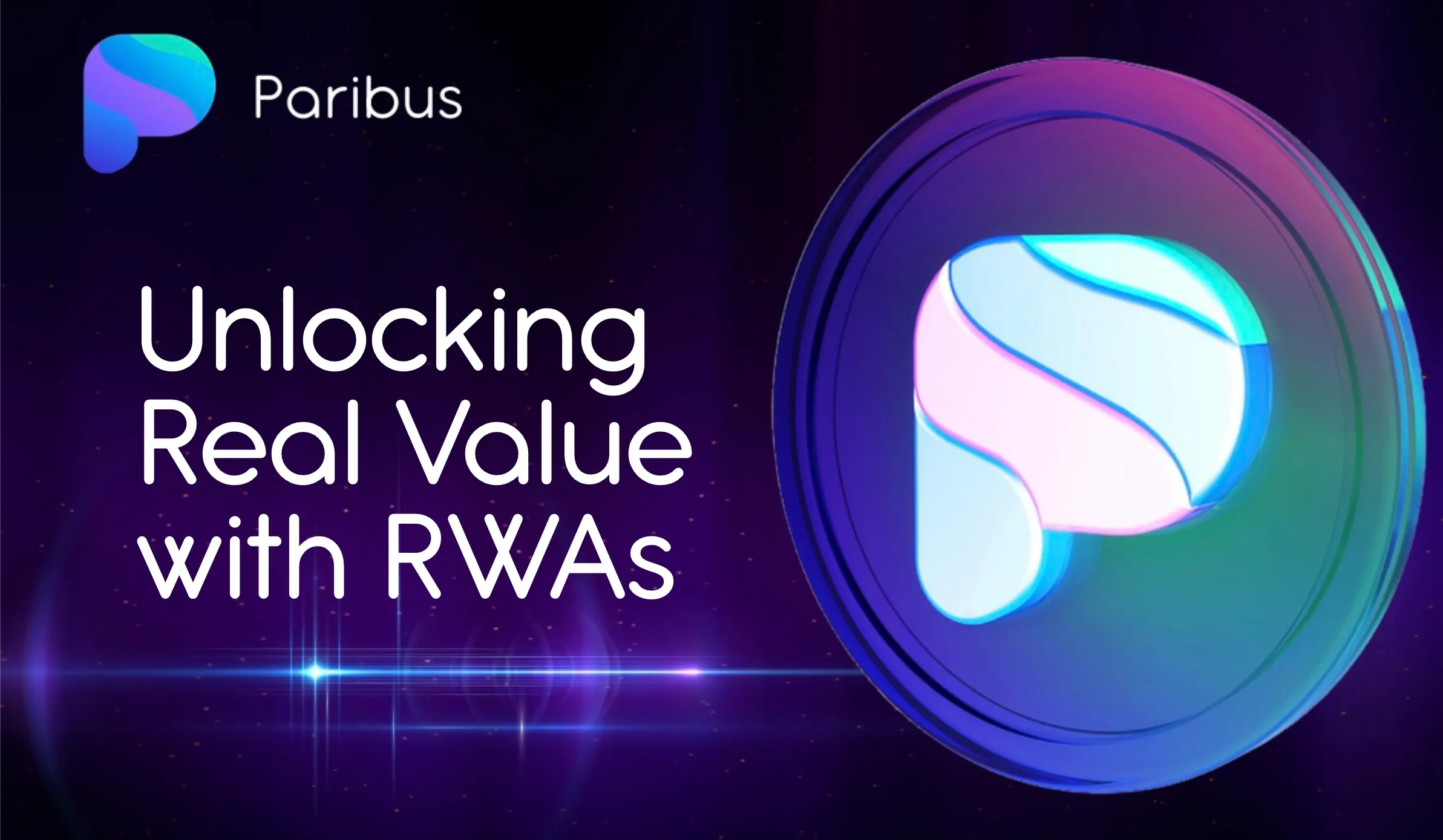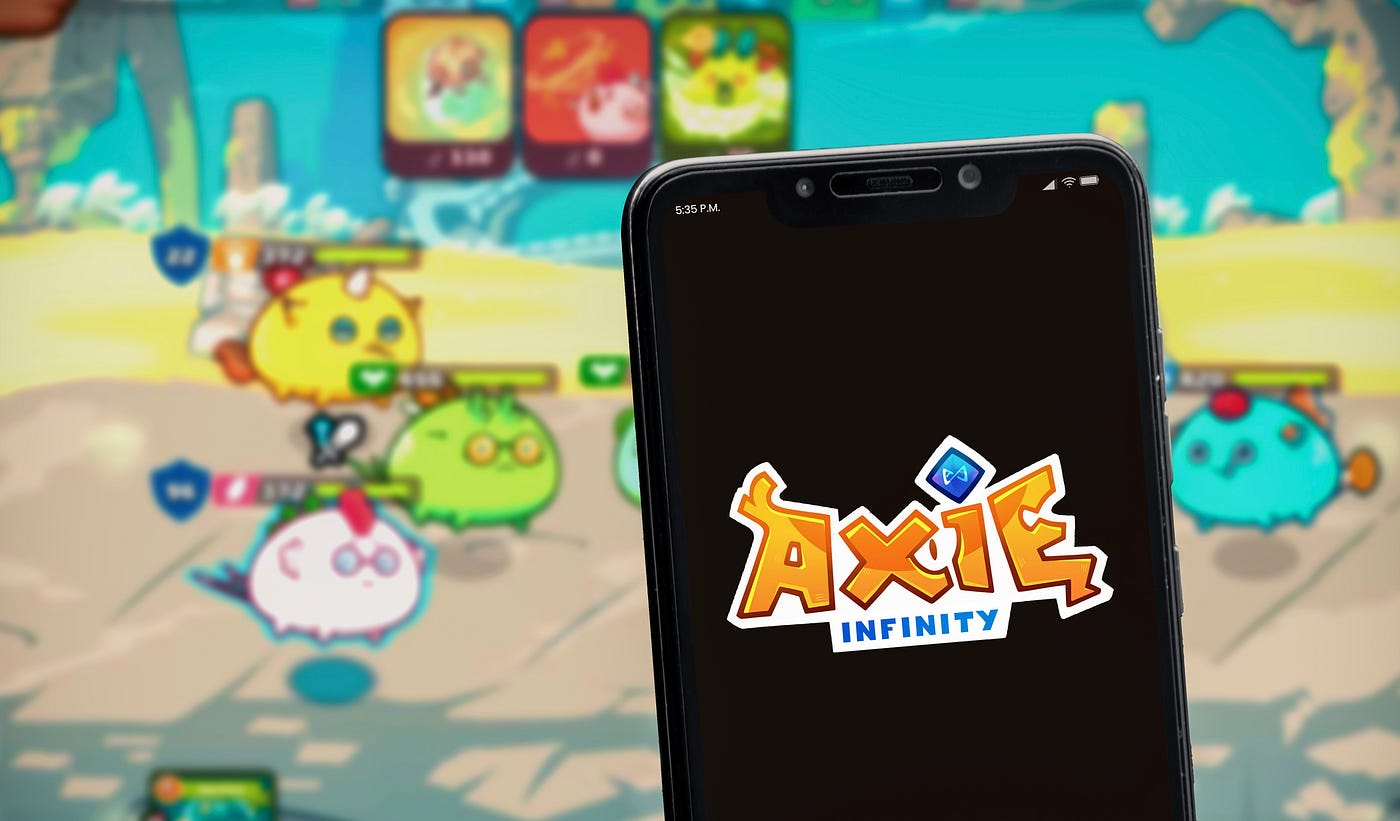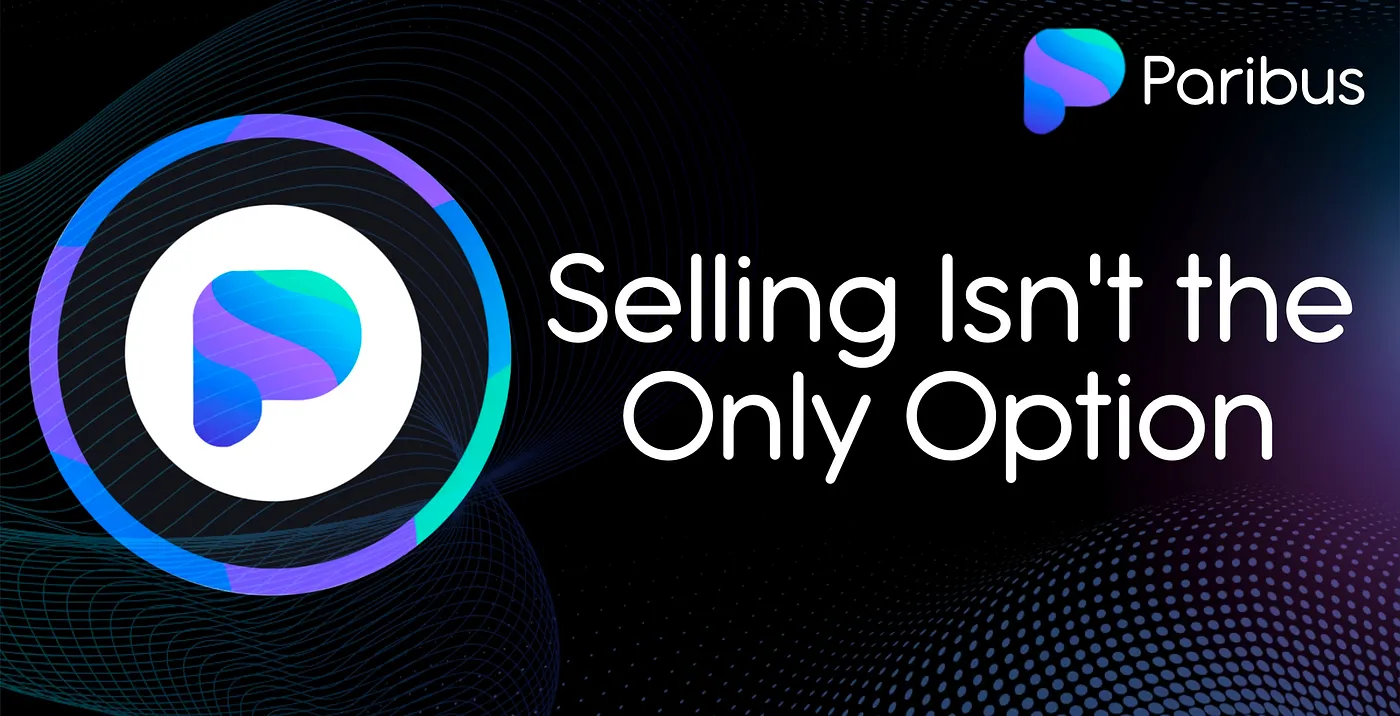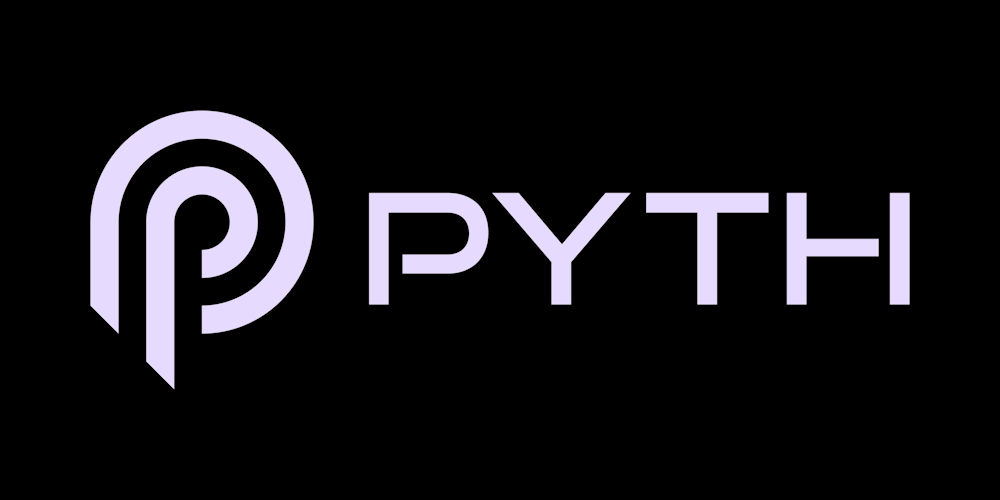From Axie to Assets
A few unexpected stories emerged in the previous bull market, such as the massive popularity of NFTs and play-to-earn games.

A few unexpected stories emerged in the previous bull market, such as the massive popularity of NFTs and play-to-earn games. These concepts captured people’s attention in Web3, demonstrating that cryptocurrencies were more than just a tool for trading.
As we anticipate the upcoming bull market, these narratives are poised to take center stage again. However, this time, they will come with greater depth and complexity. For instance, one hot topic in the NFT space will be tokenizing real-world assets rather than pictures of monkeys.
During the last cycle, Axie Infinity dominated headlines and shaped the conversation around games in crypto. Many others tried to replicate its success, but few succeeded. It wasn’t Axie’s gameplay or user-friendly setup that made it a hit. In fact, it was initially confusing for those unfamiliar with wallets and blockchain technology. Surprisingly, this didn’t deter users.

The gameplay of Axie could have been more engaging and intricate, and if it were a mobile game, it might not have made the same impact. What set it apart was the ability for players to earn money through the game and seamlessly transfer those earnings using a blockchain.
The next wave of games in this cycle will have a different story. However, they will still revolve around how players can earn money while playing. Tournaments are one approach, but stiff competition often means limited earnings for most players.
Rather than a straightforward play-to-earn model, the next generation of games will need to unlock more value from the gaming industry and distribute it to a broader audience. Figuring out how to achieve this is a challenge that major game studios are actively researching.
Epic Games, known for Fortnite, recently experimented with decentralizing content creation, allowing users to create their own content and rewarding them. While it seemed like a Web3 approach, it was more in line with Web2.
The problem for Epic Games was that their primary revenue source came from creating content, and they inadvertently undermined their business model. As a result, they had to lay off many employees because they outsourced content creation without a clear strategy for monetizing it.
Other game studios are taking a different approach, realizing that Web3’s essence lies in user ownership rather than content creation. People are willing to pay for access to games and in-game purchases, but they are increasingly frustrated with the closed-off approach that prevents them from leveraging the value they’ve invested in the game.
It’s evident that the future of gaming revolves around empowering users to own the items they’ve created, earned, or bought in-game. The most effective way is to transfer the items on-chain as NFTs.

With the gaming industry generating over $350 billion of revenue in 2023, unlocking even a tiny fraction of that value by incorporating NFTs into games could lead to significant growth in Web3. Integrating in-game assets on-chain gives users independence and ownership they can trust, which will be essential to encourage them to spend more in-game.
As the gaming narrative gains momentum, users will seek ways to expand their gaming NFT portfolios and, like with other NFTs, may want to use them as collateral for loans rather than selling them. This is why we’ve dedicated so much time and effort to developing Paribus’s NFT aspect.
The previous bull market was a proof of concept for NFTs and gaming. In this bull market, major studios will step into the arena. We intend to be ready for this and other hot trends so that Paribus can lead the way in NFT borrowing and lending.
Join Paribus
Delegate Your Voting Power to FEED DRep in Cardano Governance.
DRep ID: drep12ukt4ctzmtf6l5rj76cddgf3dvuy0lfz7uky08jfvgr9ugaapz4 | We are driven to register as a DRep by our deep dedication to the Cardano ecosystem and our aspiration to take an active role in its development, ensuring that its progress stays true to the principles of decentralization, security, and community empowerment.DELEGATE VOTING POWER!






